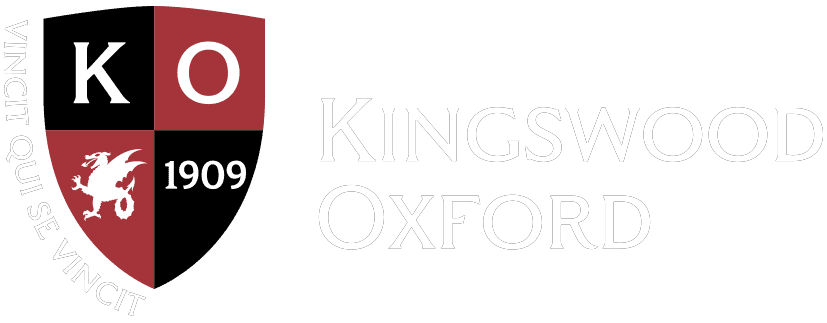February 28, 2024
History Class & Hands-On Learning: Devising Projects To Enhance Life in Hartford Region
by Tricia Watson
Upper School History Teacher
Form 4 Dean and Advisor
Imagine these possibilities for the city of Hartford:
• A blighted lot becomes a grass-covered playground for kids.
• An unused office building is transformed into a community health center.
• A fleet of electric-assisted bicycles provides residents with a green alternative to gas-burning buses and cars.
These are three of the many innovative projects conceived and designed by my students in Global Cities, a history course for ninth graders. In this class, students not only think globally as they explore the richness and diversity of cities around the world but also think locally as they devise their own projects designed to improve the well-being of people in the Greater Hartford area.
Students base these projects on the “Hartford400,” a coalition of the region’s private and public organizations that has generated a comprehensive vision plan to mark the 400th anniversary of Hartford’s founding, which will be commemorated in 2035.
Using the Hartford400 framework, students pose essential questions about the challenges and opportunities of urban life and propose specific initiatives to enhance the region’s growth in five areas:
• environmental sustainability
• economic and knowledge growth
• racial, ethnic and class equity
• transportation
• cultural and artistic vibrancy
Each of the Hartford400 projects directly addresses one or more of these goals.
To conduct their research, students head not only to databases, Internet sources, and libraries but also to the communities themselves, where they examine city landscapes, neighborhoods, and ordinances and interview residents, city officials, urban planners, neighborhood leaders, and business owners to glean ideas and establish priorities for their projects.
Their extensive research is then sorted and synthesized into verbal and visual proposals that feature:
• brief histories of the targeted city, town or neighborhood
• narratives describing the goals of the projects
• statistical documentation
• charts, graphs and Venn diagrams
• maps, visual renderings and photos
These proposals are not “pie-in-the-sky” pipe dreams. The students delve into feasibility studies, real-estate costs, zoning regulations, and municipal processes; they construct detailed budgets and pinpoint sources of funding.
Sasha Dausey ’25, for instance, identified a small plot on Garden Street in the North End of Hartford, currently the site of a dilapidated building, as the ideal spot for a small public park, which would include a playground, picnic tables, a fire pit, and a grassy area where yoga classes could be offered. To raise the $18,150 she estimates the project would cost, she suggested seeking grants from public and private organizations and initiating a Go-Fund-Me campaign.
Riley Anderson ’26, Lola Peck ’26, and Jackson Poulin ’26 proposed using a public-private partnership to distribute electric bicycles on bike racks throughout the Hartford neighborhoods of Parkville, Frog Hollow, and Charter Oak so that city residents can ride them to work, retail stores, and leisure destinations, saving time and carbon emissions. They suggested funding this $5 million project through state and formula grants.
Alyssa Tousignant ‘25 and Maya Gerrits ‘25 focused on the village of Collinsville in the western portion of the Hartford region. There, they sought to improve the town’s growth, affordability, and lifestyle by renovating vacant portions of the historic Collins ax factory to create apartments, restaurants, and a museum devoted to the factory’s storied history. Their detailed estimate of the total cost of the project (right down to the cost of kitchen countertops) was $4,518,000.
These Hartford400 projects provide students with meaningful, self-directed opportunities to connect with the Greater Hartford community and to identify and address real-world problems. Rather than just theorizing about the issues facing urban communities, they investigate and examine the challenges of city life on a micro-level and devise innovative, practical initiatives to address them.
Because the students choose their own projects, they are deeply passionate about their research and become fully engaged in the process. They establish a sense of ownership, putting their unique stamp on the issue they choose, and they take great pride in finding viable solutions.
Most important, they savor the process of learning. They become idea people and creative problem solvers who take joy in using their knowledge and skills to expand and enrich the lives of others.
Thinkers
Blog Main News
